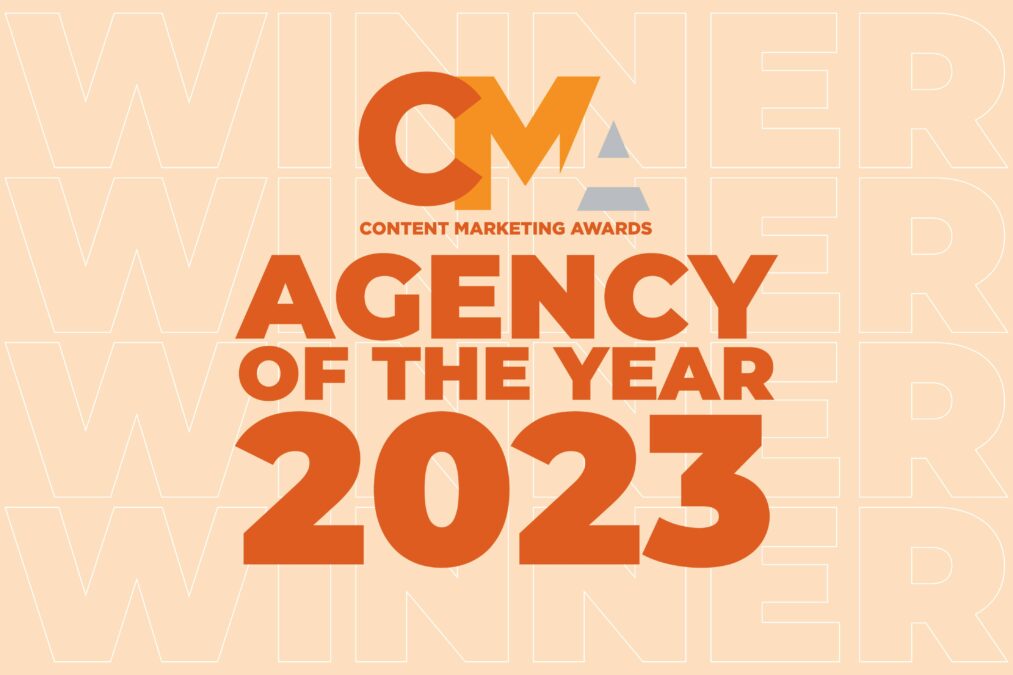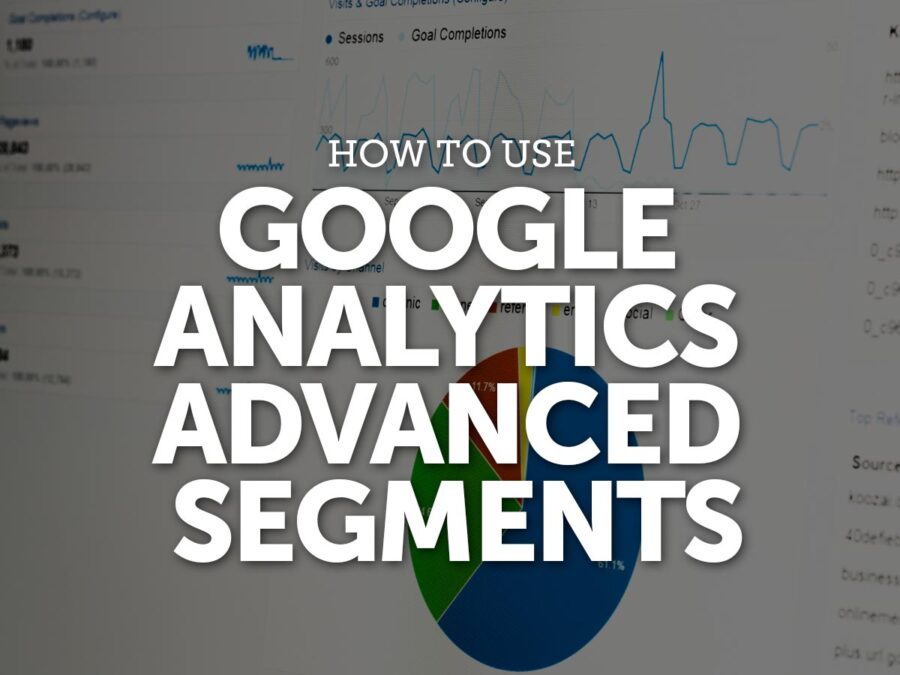It’s rumored that every agency copywriter has an unfinished novel they’re working on stuffed in a file folder.
I can confirm that. Mine is a mystery novel.
And mystery novels can teach helpful lessons about collaboration between brands and marketing agencies.
The heart of most mystery novels is not an interesting criminal (see thrillers and horror for that). Instead, they run on a compelling lead detective and a sidekick/friend/partner to help them investigate and solve crimes.
And in those partnerships, I argue, marketers and their agency counterparts can find clues to better collaboration with one another for creative, effective and transformative work.
COLLABORATION LESSON ONE: CHALLENGE ONE ANOTHER
Good collaboration doesn’t always mean continuous agreement. It can be effective to challenge your agency—and, if I may say so, for an agency to challenge their client—throughout a project. Even a simple pause point to ask “Why?” can draw out information the other side needs.
Sassy bestselling author Janet Evanovich has her sleuths Stephanie Plum and Joe Morelli challenge one another in their cases almost every chapter. Police detective Morelli weighs his training and caution against Plum’s close-your-eyes-and-leap approach. Evanovich is careful never to let one way or the other always prevail, just as she has carefully kept her lead characters’ on-again-off-again romance aggravating readers for 27 books so far.
Posing a challenge or asking a tough “Why?” can take some bravery. In the first months of the COVID-19 pandemic, some clients thought it would be simpler to stick with an evergreen content strategy and calendar. Instead, we continually pushed a more news-style approach with content that was aligned to recent events and immediately actionable. How? First, our strategy team looked at some of the early research into the mindsets of audiences affected by the pandemic and what those mindsets implied about the new or transforming needs of the audience. We shared those, as well as recommendations for creative concepts that applied the research, with our clients. With a renewed alignment, it was then simply a matter of creating and distributing the work. The reward for programs taking the risk was increased user engagement on social, email and website channels.
COLLABORATION LESSON TWO: REVIEW WHAT YOU KNOW AS YOU GO
Many of the brand teams I’ve worked with have done a stellar job of writing down their marketing strategies and requirements. These chronicles can save weeks of effort in agency or team member onboarding. But it’s still important to meet, review, align and keep adding to that initial base of guidelines throughout a project.
Stieg Larsson handles this exchange of information so creatively in the antipartnership of Lisbeth Salander and Mikael Blomkvist, introduced in the worldwide bestseller The Girl With the Dragon Tattoo. Salander is a computer hacker obsessed with keeping her own identity, location and past a secret. When she wants to share information with Blomkvist on a case, she hacks into his computer and then leaves him a spreadsheet, edits one of his articles or bookmarks a webpage on his browser.
Agencies and their clients need not be so sneaky, of course. A few simple phone calls or check-in meetings will do the trick instead. In addition to known agenda items (How’s XYZ deliverable progressing through reviews? When will QRS deploy?), add some open-ended questions, such as:
- Is there any information we’re missing right now that would be helpful to gather?
- Have there been any changes or updates to thinking on your side of the project that we should know about?
- Do you have any fresh data inputs that would be relevant to our project?
COLLABORATION LESSON THREE: USE PICTURES
One last way to enhance your collaboration is with visuals. Trying to explain a picture in your head? Sketch it out. Looking to follow in the footsteps of something beautiful you saw another brand do? Share the link or a screen grab. Organizing information in lots of pieces? Put it on paper and tape it to the wall.
Enola Holmes, the younger sister of Sherlock Holmes, recently made her Netflix debut, but she was created by young adult author Nancy Springer. In both the six-book series and the movie, Enola is an avid doodler and caricaturist and uses drawing skills to recall details, brainstorm ideas and identify suspects.
I’ve used a wide variety of visual collaboration methods with our clients and with my team internally. In one campaign, as we were trying to determine the right animation style for an explainer video, we set up a user test with sample videos for members of our target audience to rank. Within 48 hours, we were using the results and the sample videos to move confidently forward into production. In several others, we created mood boards and inspiration samples in PowerPoint form to share with our clients. I have even been known to take photos of my office whiteboard or a flowchart on paper and include those in a collaboration session with a client.
CONCLUSION
When these three next-level collaboration techniques are added to the basics of clear creative briefs, regular conversation and constructive feedback on work, the partnership between agency and brand will do what a great mystery novel series does: capture the attention of an audience and keep them engaged from beginning to end.
Looking for additional ideas on how to improve collaboration with your agency in 2021? Make sure to check out our 5 Ways to Give Constructive Feedback to Agencies blog post.



